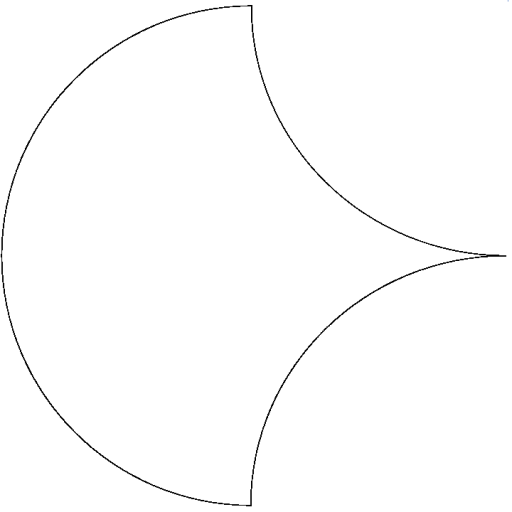Generally speaking (in this context), handshaking is the process of electronic systems agreeing on what to do next. In NCL, this takes the form of modules requesting a NULL or DATA signal.
- The request for NULL indicates that the operation has been performed, and the results saved for the next module to use.
- The request for DATA indicates that the module has reset, passed the reset signal to the next module, and is ready for more work.
If you’re having trouble, think of it like two people doing laundry, one is operating the washing machine, the other is operating the dryer. Additionally, assume that the operators can’t be sure of how long a load will take in either stage. It’s not a perfect analogy, but it might help. Initially, both are empty:
- In the empty state, the washing machine operator knows he or she needs clothes, so he or she finds some and puts them in the wash. The drier is also empty, but it needs to get its clothes from the washer, so it has to wait.
- When the washer is finished, the operator takes out the clothes and pus them between the washer and dryer, for the dryer’s operator to use when ready. Since the washer is now ‘reset’, it is ready for clothes again, its operator loads it.
- The dryer operator sees the clothes are ready to be dried and puts them in the dryer. Eventually they finish and leave the system.
Now, imagine that after a few loads, the dryer can’t keep up, and the washing machine finishes a load while the dryer is still running. The load goes into the space between the washer and dryer. Since the washer can’t know how close the dryer is to completion, it has to wait for the dryer to finish and take the waiting load before starting another.


